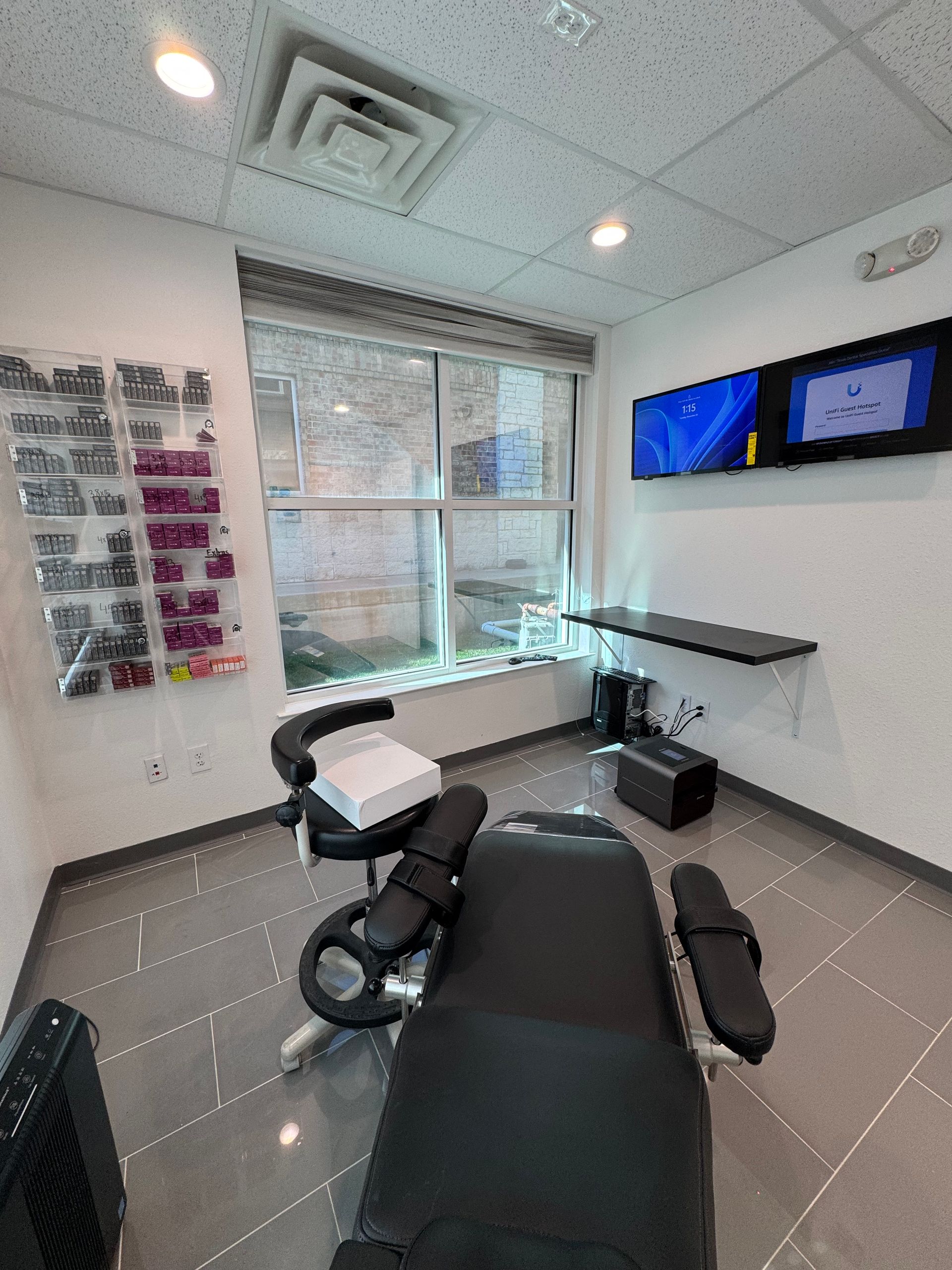Snoring Appliances/Snoring Devices
Snoring appliances are dental devices that are used to control or prevent snoring and provide relief from sleep apnea. Snoring appliances are made of flexible plastic and look similar to sports mouth guards. They work to minimize airway resistance and improve airflow through the upper airway. They can be worn by any person, are easy to use, and are effective in controlling snoring and related symptoms.
For more information about our services or to schedule an appointment, call us at (214) 619-6329 or complete the form below we’ll get back to you as soon as we can.
What is Sleep Apnea?
Sleep apnea is a sleep disorder characterized by repetitive breaks in breathing during sleep. These breaks last for a few seconds and can occur several times per hour. The breaks in breathing interrupt the supply of oxygen to the brain and other parts of your body.
How Do Snoring Appliances/Devices Work?
Snoring appliances control snoring and help you sleep comfortably. They are also recommended for people with sleep apnea. They work by the following mechanisms:
- Bring the jaw forward and reduce the resistance at the back of the airway to allow smooth passage of air when breathing
- Modify the position of your tongue to allow more space between your tongue and the airway
What are the Different Types of Snoring Appliances/Devices?
The common snoring appliances/devices include:
Jaw Advancing Devices (JADs)/Mandibular Advancement Devices (MADs): These devices move your jaw slightly forward to allow more airspace in the throat of snorers. Thus, they minimize snoring by reducing turbulence in the airways. However, they may cause tooth discomfort or tooth shifting. Thus, they should be avoided for people with dental issues.
Tongue Stabilizing Devices (TSDs): These devices work by isolating your tongue, pulling it forward, and creating a wider gap between your tongue and the back of your throat. They do not cause jaw discomfort or tooth shifting. They are suitable for people with dental issues or missing teeth. However, they may cause increased salivation in your mouth or discomfort with the positioning of your tongue.
Anti-Snoring Chin Strap: This is an adjustable strap made of neoprene material. It fits under your chin and wraps around the sides of your head. It helps your mouth stay closed during sleep to prevent snoring.
Nasal Strip: This is an adhesive strip made of clear plastic that is placed over your outer nose to open the nares and improve airflow.
Snorepin: A tiny device that is inserted into the nostrils to dilate them and allow easy breathing throughout the night. It is economical as it can be washed and reused. Snorepins are easy to use and can be carried anywhere.
Anti-Snoring Mouthpiece: This device controls teeth grinding and snoring simultaneously. It is made of soft material that molds to the shape of your mouth and teeth. Anti-snoring mouthpieces are easy to use and economical.
Pillows:
Based on their shape, certain pillows help control snoring. They keep your head slightly elevated and help you sleep more comfortably.
How to Select a Snoring Appliance/Device?
To select a suitable snoring device, look for comfort as you may be required to wear it for a long time to get the desired results.
How to Wear/Fit Snoring Appliances/Devices?
Some anti-snoring devices like TSDs come in a standard size that is suitable for all and can be worn as-is. Others, like the MAD device, can be customized to your needs.
There are certain anti-snoring devices whose shape can be altered by subjecting them to heat. One such example is the “boil and bites” device. These devices are placed in boiling water for some time and after cooling down, are placed into the mouth. The user bites down, creating an impression in the soft plastic to exactly match their teeth.
How Long Do Anti-Snoring Devices Last?
This depends on the kind of device you use and how often you use it. Most snoring devices may last up to a year, while a few may last longer.
Care and Maintenance of Snoring Appliances/Devices
Keep your snoring appliance clean. You may use a gentle toothbrush to remove particles from the device and prevent fungal and bacterial growth. If you have pets, keep your device in a protective container to keep them from chewing your device.
How to Use Snoring Appliances/Devices with Braces/Dentures?
Many anti-snoring devices are unsuitable for people with braces; therefore some anti-snoring devices require a doctor’s prescription. Consult your dentist to learn more about the options suitable for you.
Request an Appointment
For more information about our services or to schedule an appointment, call us at (214) 619-6329 or complete the form below we’ll get back to you as soon as we can.
Our reviews





